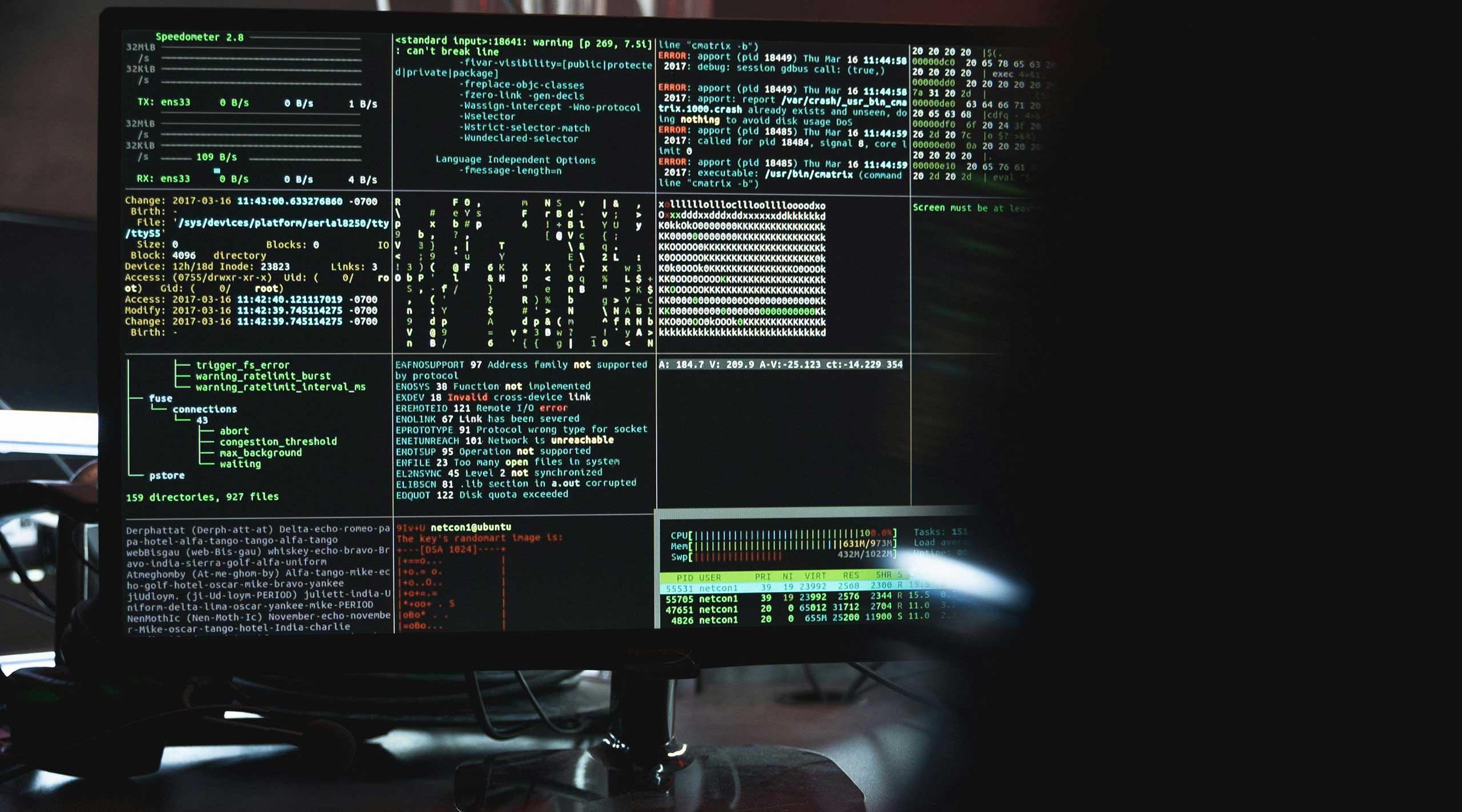
Demystifying the Dark Web: Exploring Its Myths and Realities
The Dark Web: a term that invokes intrigue, fear, and curiosity in equal measure. Portrayed as a digital underworld where cybercriminals roam freely, it’s often shrouded in mystery and misconception. But what is the Dark Web, really? In this blog post, we’ll embark on a journey to unravel the myths and unveil the realities of the Dark Web, shedding light on its workings, its inhabitants, and its implications for cybersecurity and privacy.
What is the Dark Web?
The dark web refers to websites and networks that exist on encrypted networks like Tor, I2P and Freenet. These overlay networks use multilayer encryption and onion routing to preserve anonymity of location and usage. Dark web sites typically have addresses ending in .onion rather than .com or .org. Accessing the dark web requires using special privacy-preserving browsers like Tor Browser.
Understanding the Dark Web
The Dark Web is often conflated with the Deep Web, but they’re not the same. Unlike the Surface Web, which is indexed by search engines and accessible to the general public, the Deep Web refers to web content not indexed by traditional search engines, including password-protected sites, databases, and other resources. The Dark Web, on the other hand, is a small subset of the Deep Web that requires specific software, such as Tor, to access. Tor (The Onion Router) is a decentralized network that anonymizes internet traffic by routing it through a series of encrypted relays, masking users’ IP addresses and locations.
Dispelling Myths
One of the most pervasive myths about the Dark Web is its association with criminal activity. While it’s true that illicit marketplaces exist on the Dark Web, selling everything from drugs and counterfeit goods to hacking tools and stolen data, they represent only a fraction of its total content. In reality, the Dark Web serves a variety of purposes, including anonymous communication, circumventing censorship, and protecting privacy in repressive regimes.
Realities of Dark Web Marketplaces
Dark Web marketplaces operate similarly to their legitimate counterparts, complete with seller ratings, customer reviews, and escrow services to facilitate transactions. While some users may engage in illegal activities, such as buying and selling drugs or weapons, others use these platforms for non-nefarious purposes, such as accessing restricted content or communicating anonymously.
Privacy and Security Implications
Accessing the Dark Web comes with inherent privacy and security risks. While Tor provides anonymity by concealing users’ identities and locations, it also attracts malicious actors seeking to exploit vulnerabilities for nefarious purposes. Users may encounter malware, scams, and surveillance while browsing the Dark Web, making it essential to exercise caution and employ security measures such as virtual private networks (VPNs) and anti-malware software.
Legitimate Uses of the Dark Web
Despite its association with illicit activities, the Dark Web has legitimate uses that shouldn’t be overlooked. For activists, journalists, and whistleblowers living under oppressive regimes, it offers a lifeline for secure communication and information sharing. Platforms like SecureDrop provide a safe and anonymous way for individuals to submit sensitive information to journalists without fear of retribution.
Ethical Considerations
When exploring the Dark Web, it’s essential to consider the ethical implications of our actions. Researchers and journalists must navigate a delicate balance between informing the public about the realities of the Dark Web and avoiding sensationalism that could inadvertently glorify criminal behavior or endanger vulnerable populations. Responsible reporting and ethical conduct are paramount in shedding light on the Dark Web while minimizing harm.
Protecting Against Dark Web Threats
To protect against Dark Web threats, individuals and organizations can take proactive steps to safeguard their digital security. This includes practicing good cybersecurity hygiene, such as using strong, unique passwords, keeping software up to date, and exercising caution when clicking on links or downloading files from unknown sources. Additionally, educating oneself about the risks and realities of the Dark Web can empower users to make informed decisions and mitigate potential threats effectively.
Conclusion
The Dark Web may remain enigmatic and occasionally ominous, but it’s not a realm devoid of value or purpose. By demystifying its myths and embracing its realities, we can gain a deeper understanding of its complexities and complexities and engage with it responsibly. Whether as a tool for privacy, a platform for dissent, or a cautionary tale of cybercrime, the Dark Web offers valuable insights into the intersection of technology, society, and security. By approaching it with curiosity, awareness, and respect, we can navigate its depths with clarity and integrity.
